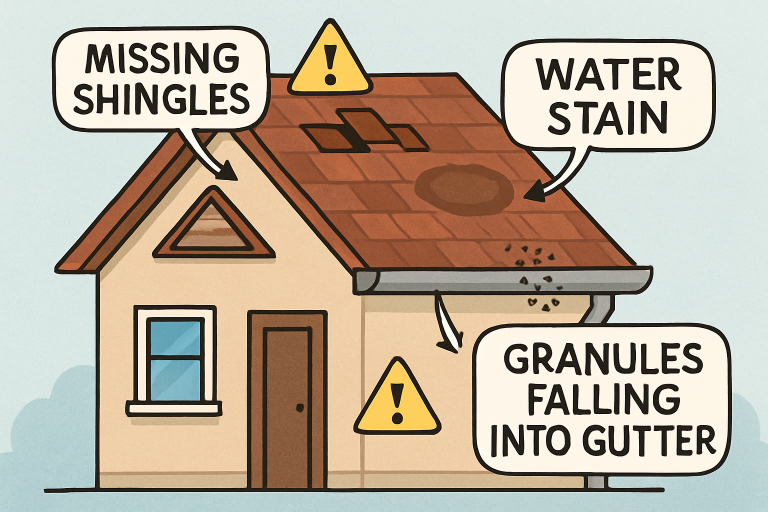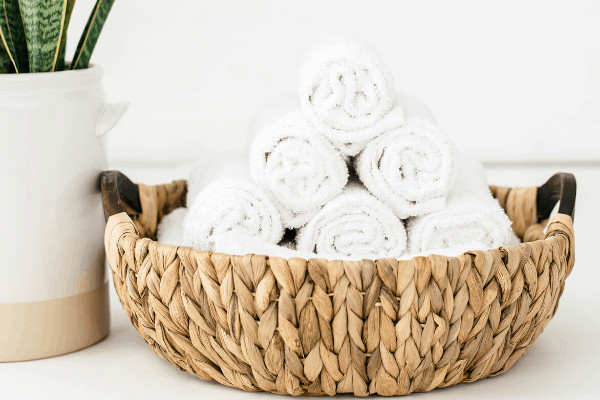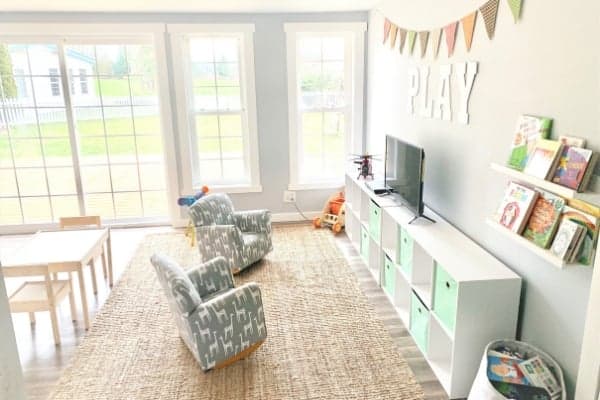Your roof protects your home from wind, rain, sun, and other environmental forces throughout the year. Knowing the key indicators of roof damage can help homeowners identify and address issues early, thereby avoiding more costly repairs later. Identifying potential issues promptly not only preserves your peace of mind but also maintains the structural integrity and value of your property. For those living in areas prone to severe weather, understanding these warning signs is especially important when considering residential roofing solutions.
Whether you’re dealing with the aftermath of a storm or simply performing regular home maintenance, paying attention to your roof’s condition is critical. Spotting early symptoms of wear or damage allows you to take action before minor issues turn into major, expensive repairs. Routine inspections and vigilance can make all the difference in extending the life of your roof. Safeguard your most significant investment by familiarizing yourself with the most common signals your roof may need attention.
Missing or Damaged Shingles
Shingles are the first layer of defense against moisture and wind. Missing, curled, cracked, or broken shingles expose your roof to the elements, which can lead to leaks and further deterioration of the underlying roofing materials. Prompt roof repair is essential when damage is detected, as addressing issues early prevents costly structural problems and extends the roof’s lifespan. After strong winds or hailstorms, it’s a good idea to visually inspect your roof or hire an expert to identify any shingle damage. Regular maintenance helps prevent minor flaws from becoming serious vulnerabilities.

Water Stains on Ceilings or Walls
Noticeable stains, streaks, or discoloration on your ceilings or walls are clear indicators that water is seeping through your roof. Deteriorating shingles, inadequate flashing, or compromised underlayment can cause this. According to The Spruce, water stains on ceilings often result from slow leaks or condensation, which can worsen if left unchecked. Addressing a leaky roof promptly helps prevent costly water damage, mold growth, and weakening of your home’s structural integrity.
Granules in Gutters
Asphalt shingles naturally shed granules as they age, but excessive granules in your gutter are a red flag. These granules play an essential role in protecting shingles from UV sunlight and weathering. When shingles deteriorate and lose their granules, the entire roofing system is left vulnerable. If you see a lot of dark, sand-like debris in your gutters, your shingles may need to be replaced to preserve your roof’s health.
Sagging Roof
A sagging roof often signals more severe structural issues. This can happen after long-term water infiltration, poor roof design, or inadequate support. Any visible dips, humps, or uneven patches in your roofline should be treated as urgent signs of potential failure. Immediate assessment by a licensed contractor is crucial to address these problems and prevent potential collapse.
Moss or Algae Growth
Moss, algae, and other vegetation thrive in damp, shaded areas of a roof. While they may seem cosmetic at first, these growths can trap moisture against roofing materials, leading to rot, shingle damage, and increased wear. Cleaning your roof regularly and cutting back overhanging branches can help prevent these issues. Adequate sunlight and ventilation are your roof’s best defense against persistent moss and algae.
Daylight Through Roof Boards
During a daytime inspection of your attic, seeing beams of light through the roof boards is a serious concern. This generally means there are gaps or holes in the roof, which not only allow in sunlight but also permit water and cold drafts to enter. These openings should be sealed immediately to prevent water infiltration and pest invasions that could worsen the damage.
Increased Energy Bills
If you’ve noticed unexplained spikes in your heating or cooling bills, your roof may be the culprit. Poor insulation, ventilation gaps, and roof leaks can all make it harder to maintain a comfortable indoor temperature. According to the Department of Energy, installing reflective or “cool” roofing materials can significantly reduce heat absorption, keeping your home cooler in summer and easing the load on your HVAC system. When your HVAC system works overtime, your costs rise. Inspecting your roof as part of a home energy audit can help identify fixes that pay off in both savings and improved comfort.
Cracked or Damaged Flashing
Flashing is usually installed around chimneys, vents, satellite dishes, and at roof valleys—essentially, any area where the roof joins a wall or other structure. Its purpose is to channel water away from critical seams and joints. When flashing is cracked, rusted, or missing, water can seep in and cause leaks. It’s essential to inspect flashing regularly and replace any compromised sections immediately to prevent hidden water damage.
Protecting your home starts at the top. By recognizing these signs early, you can take prompt action to address minor issues and prevent costly repairs in the future. Regular professional inspections, especially after storms or harsh weather conditions, help you maintain a reliable, leak-free roof that shelters your family for years to come.





